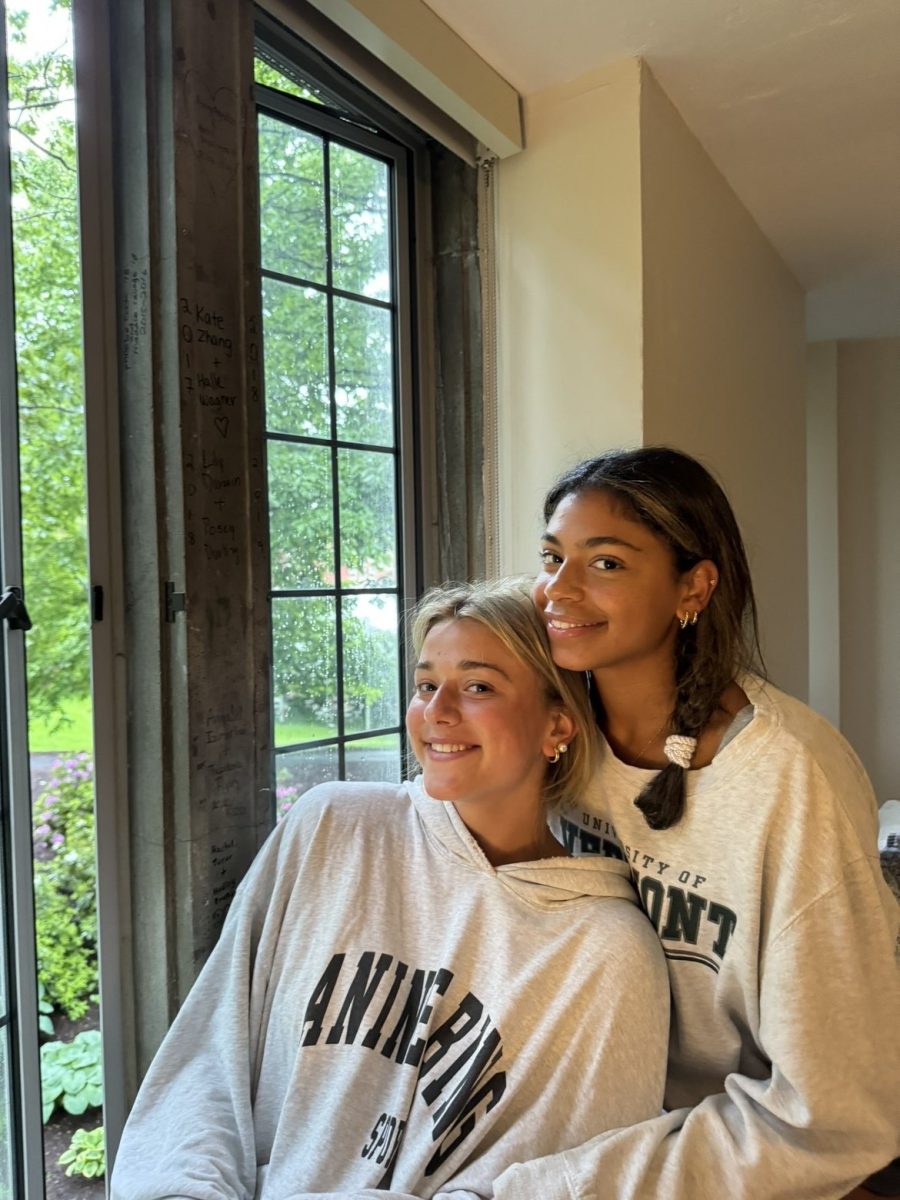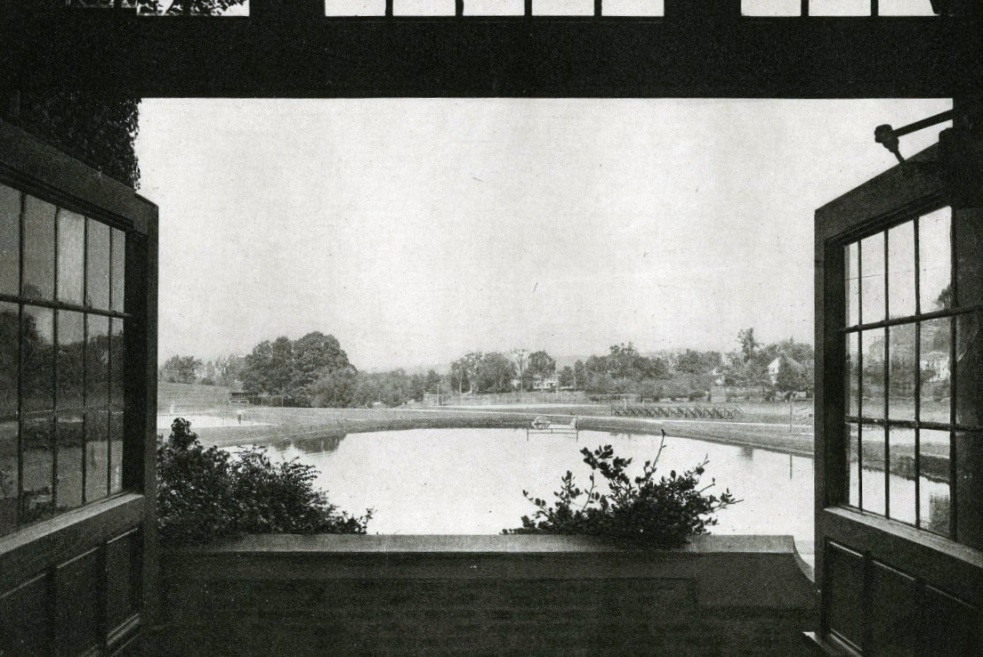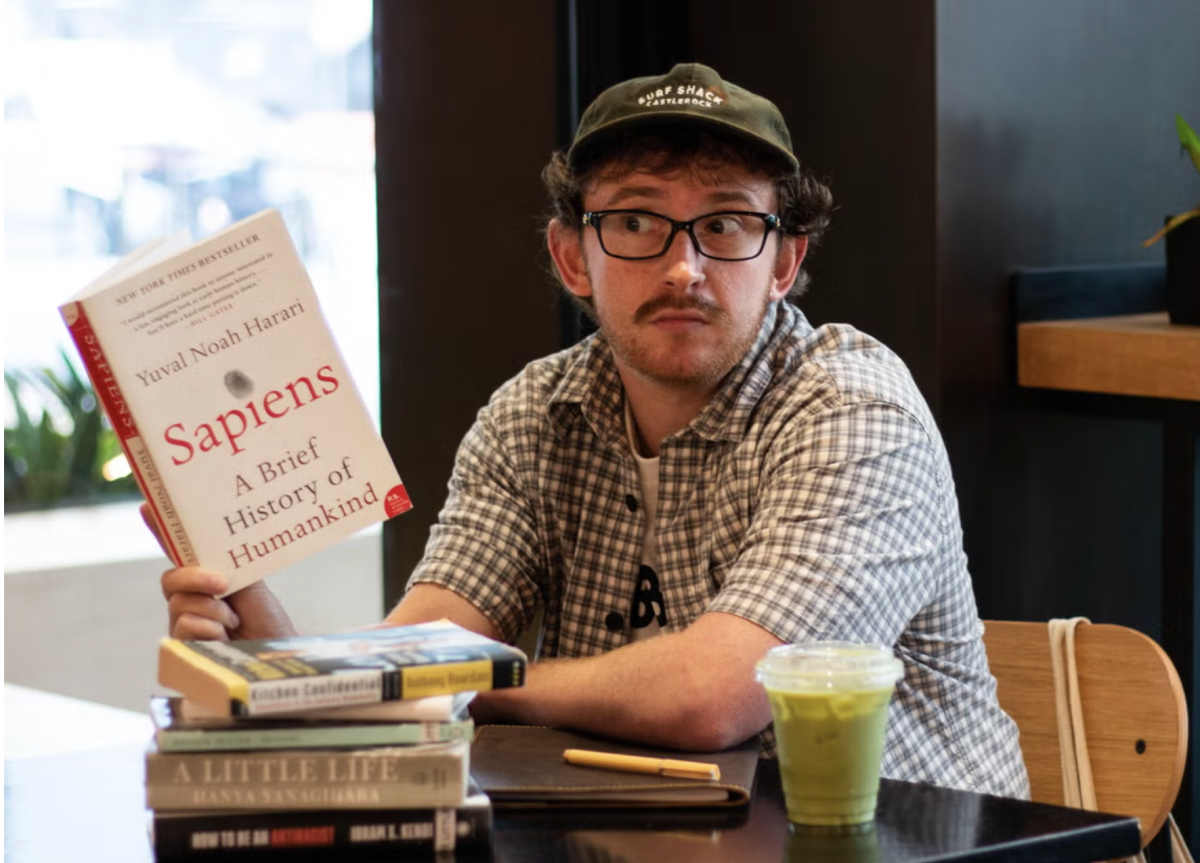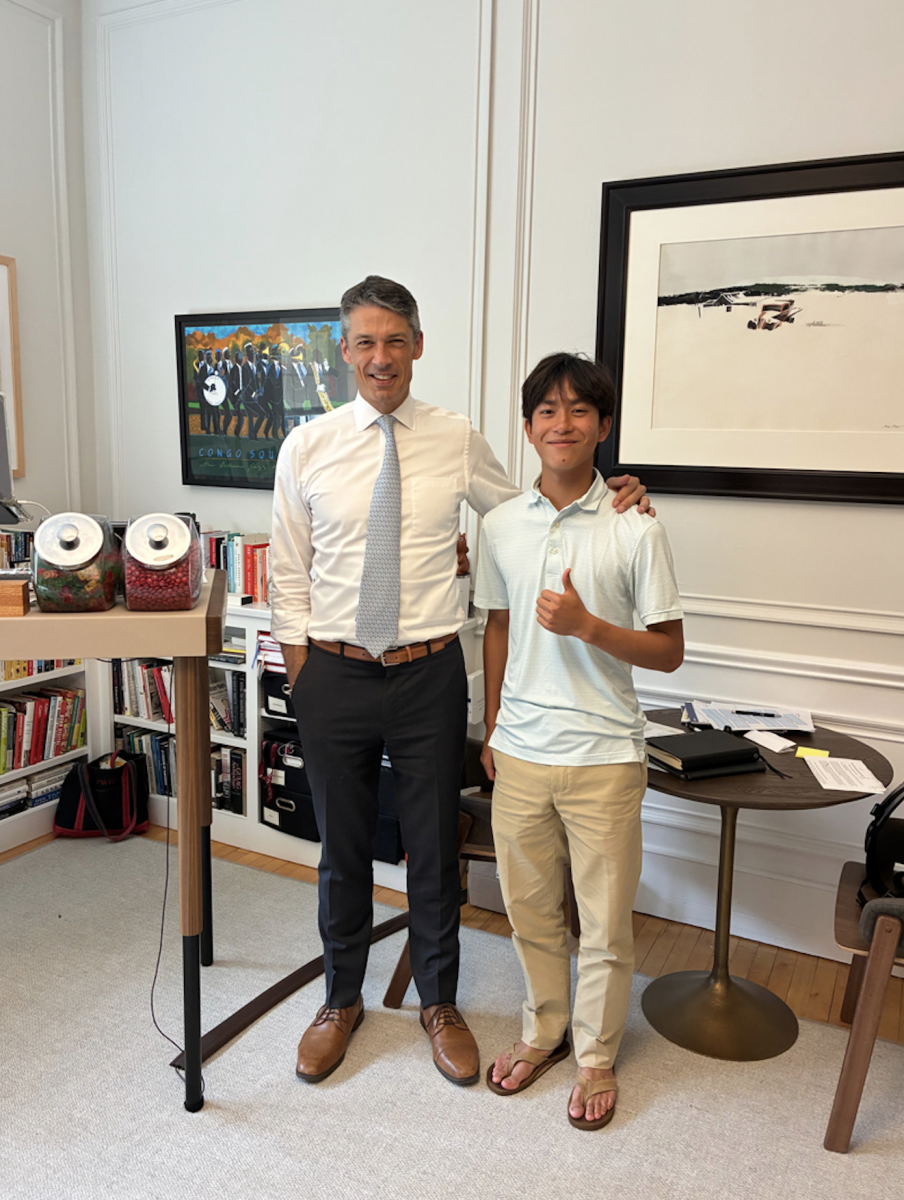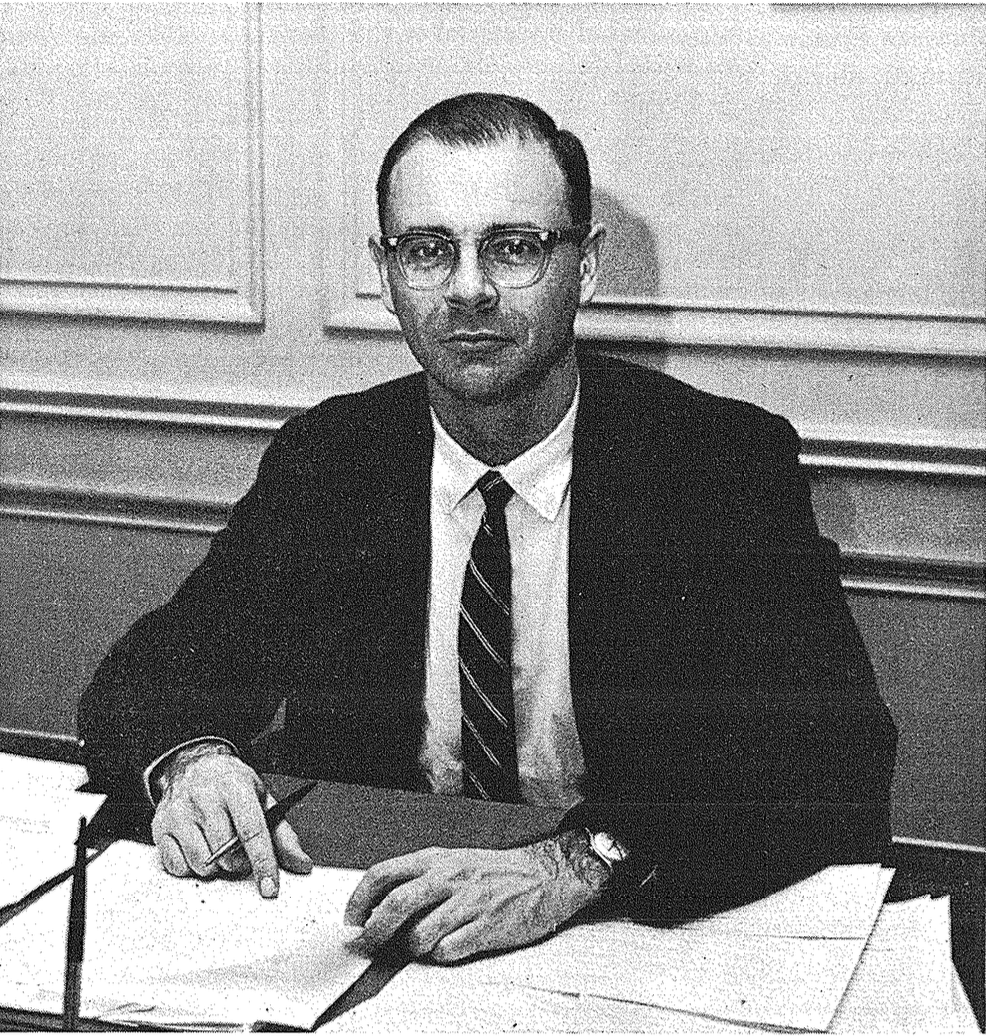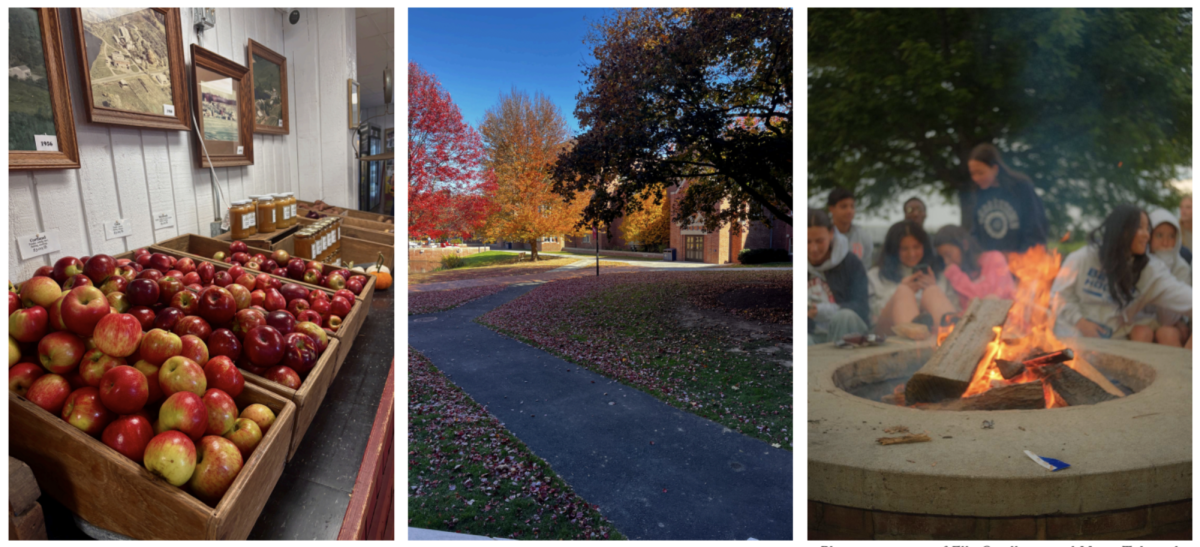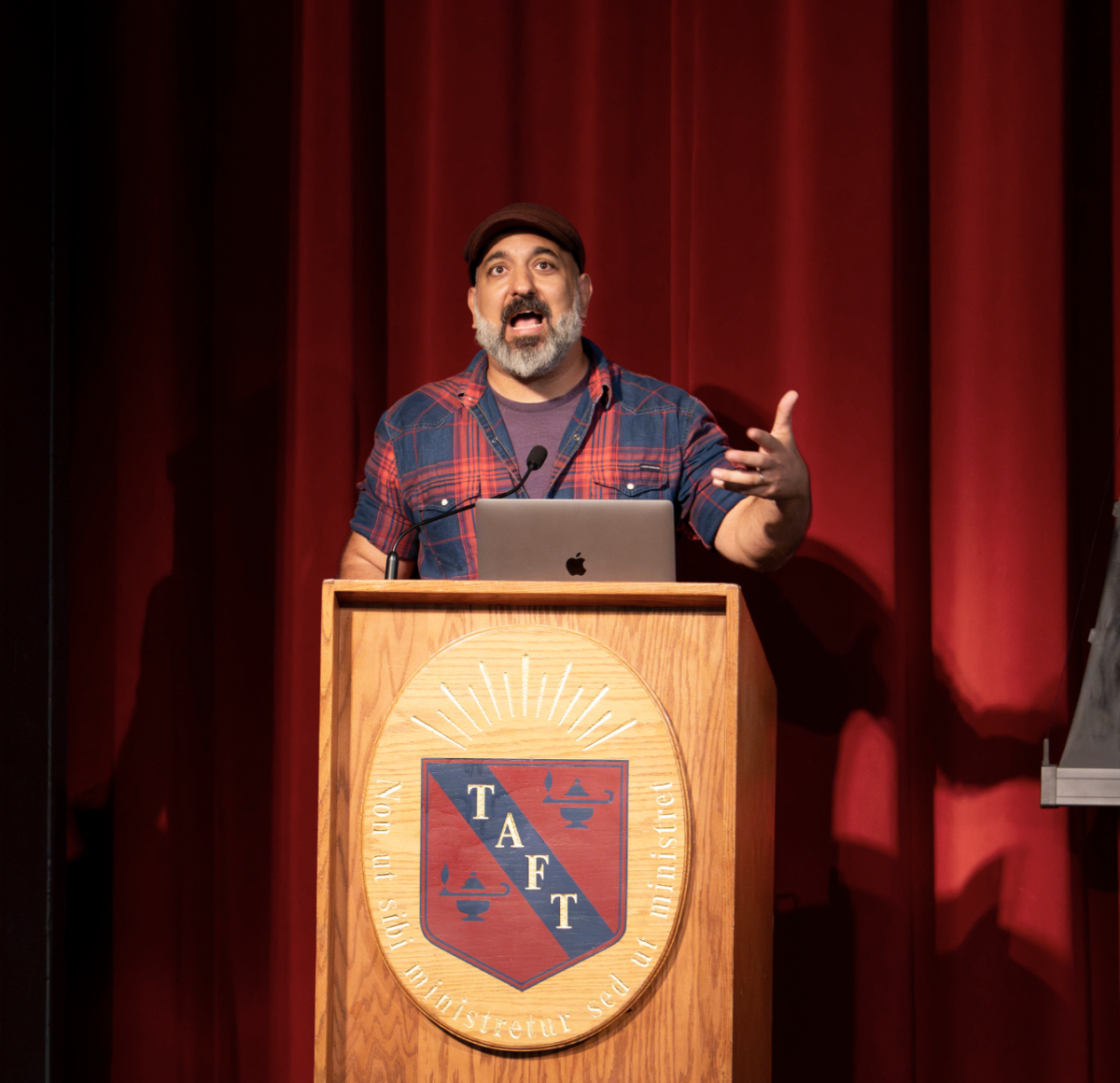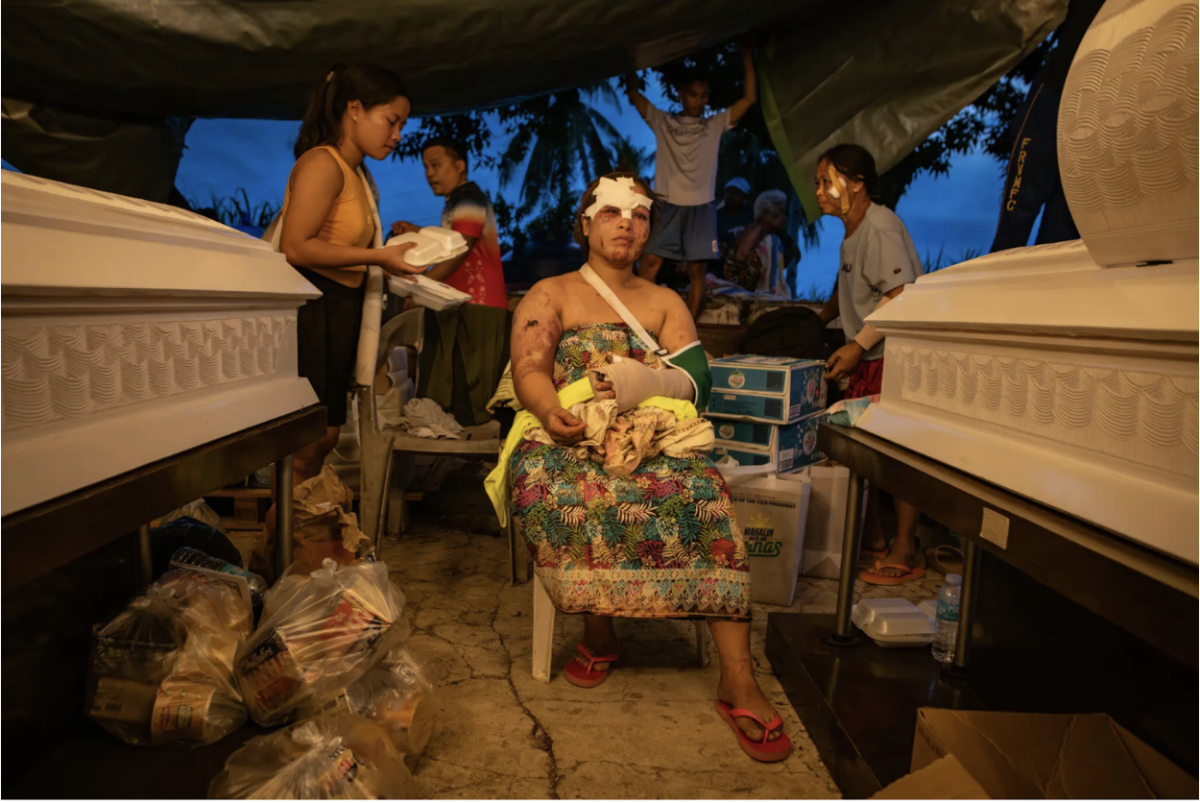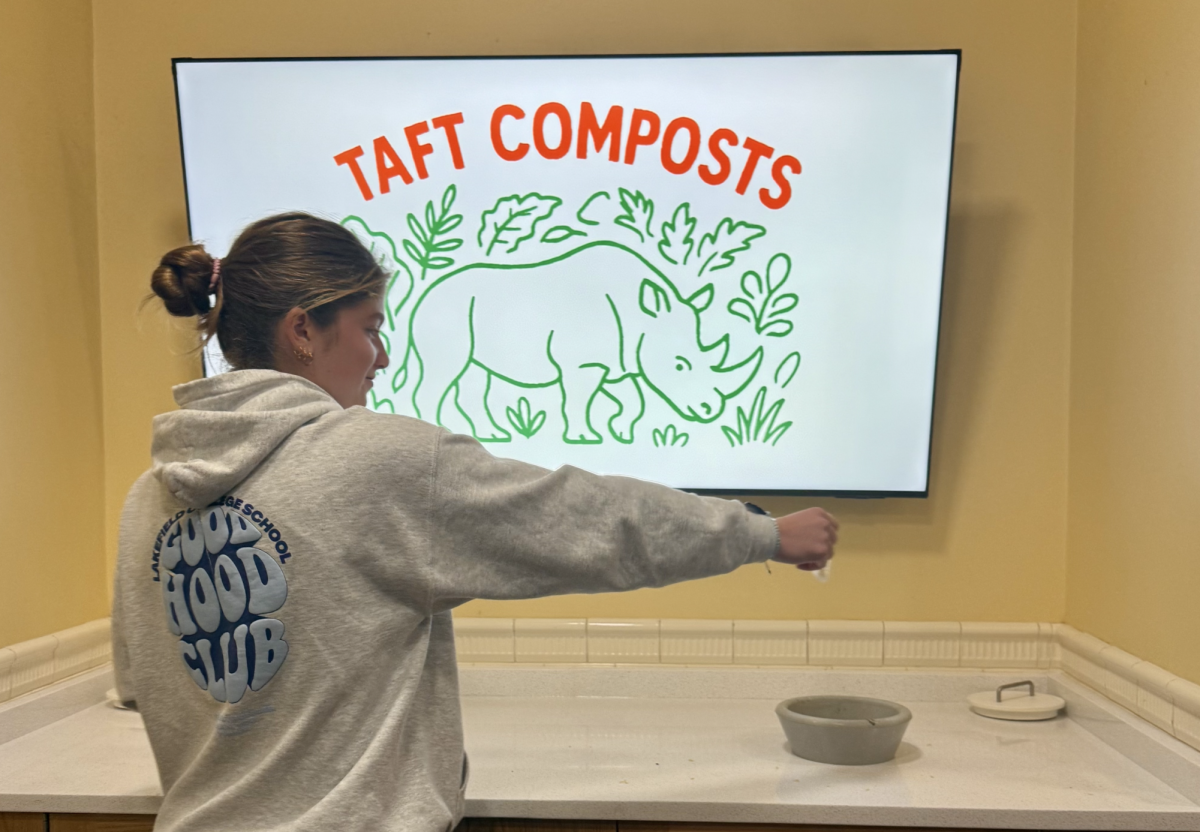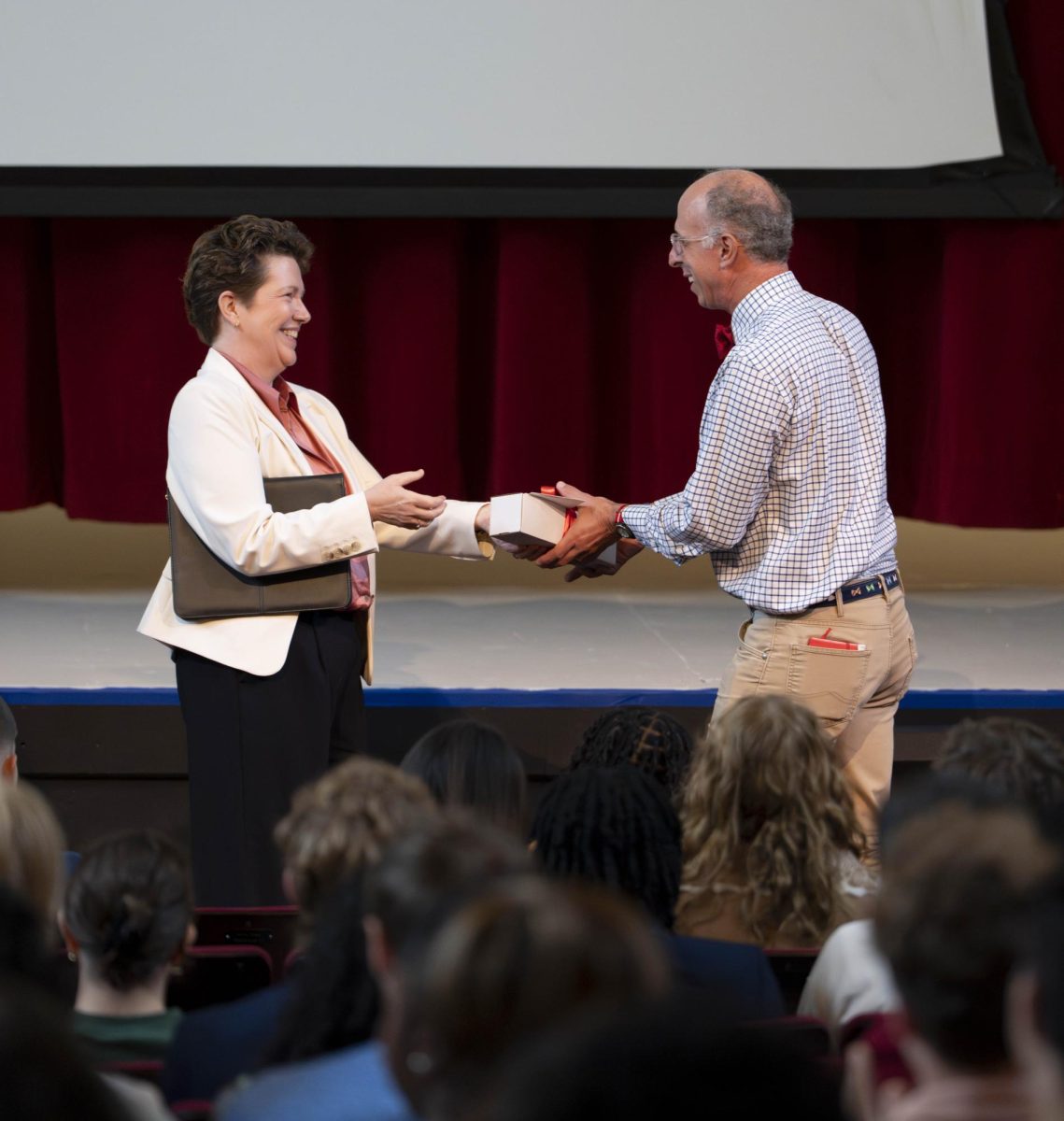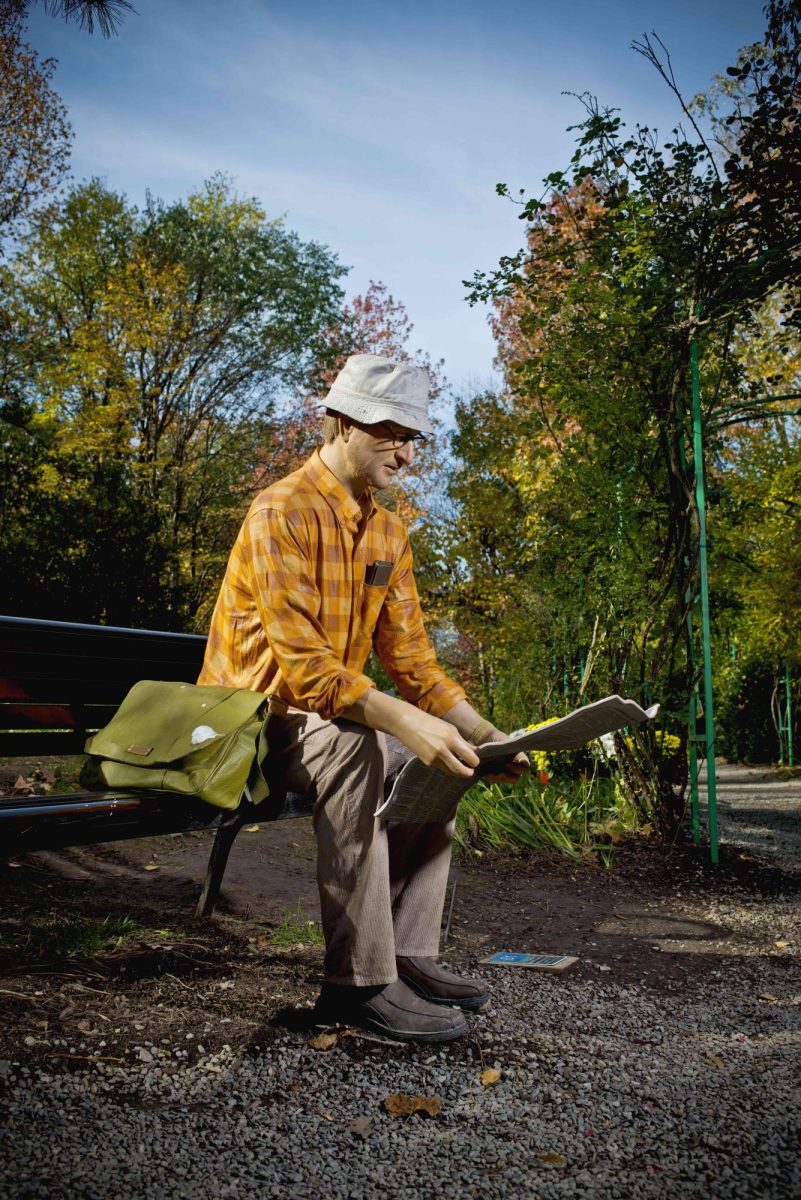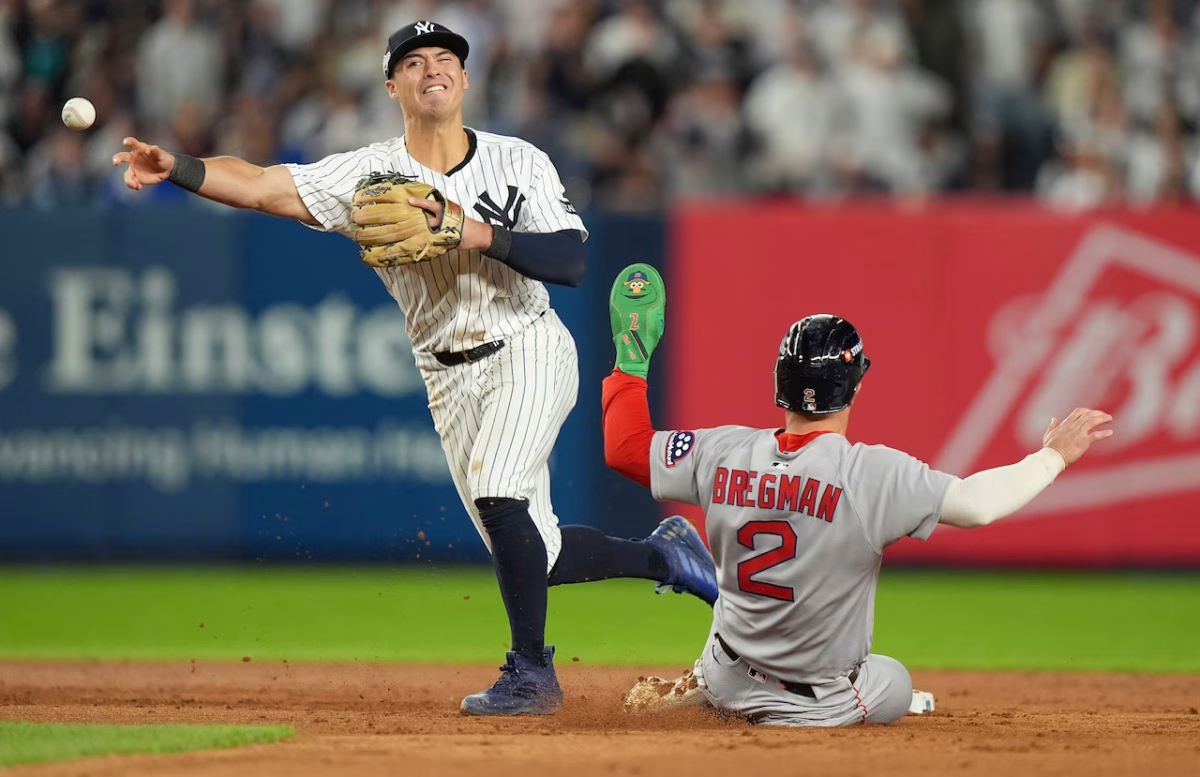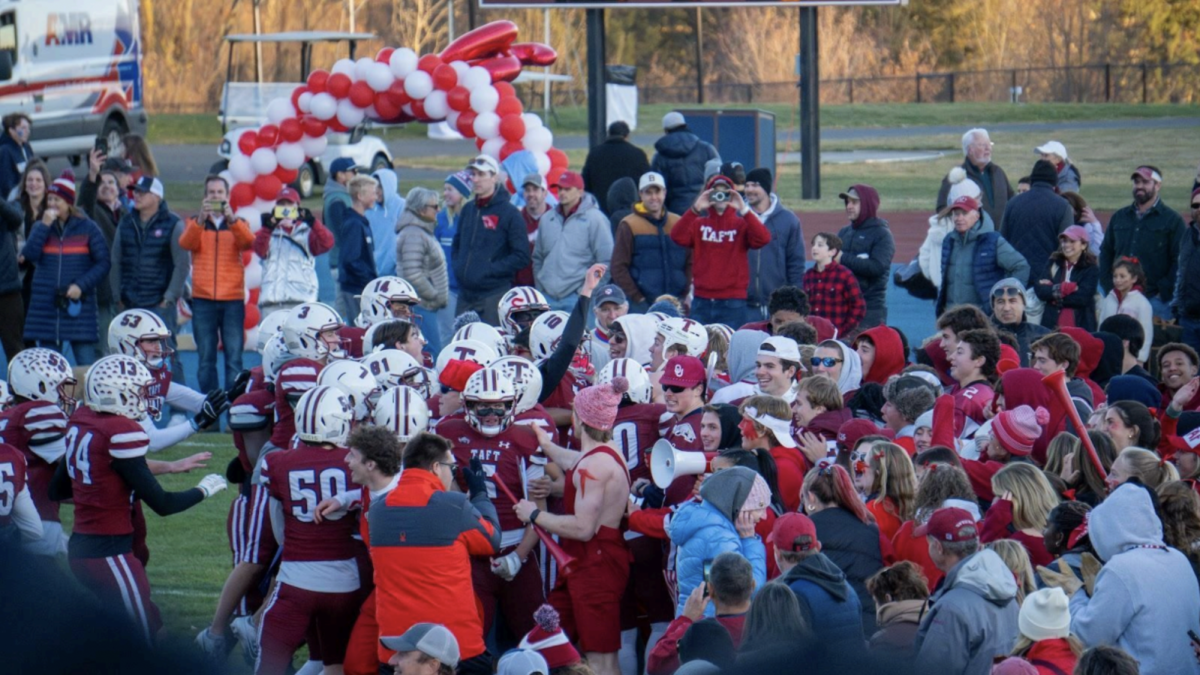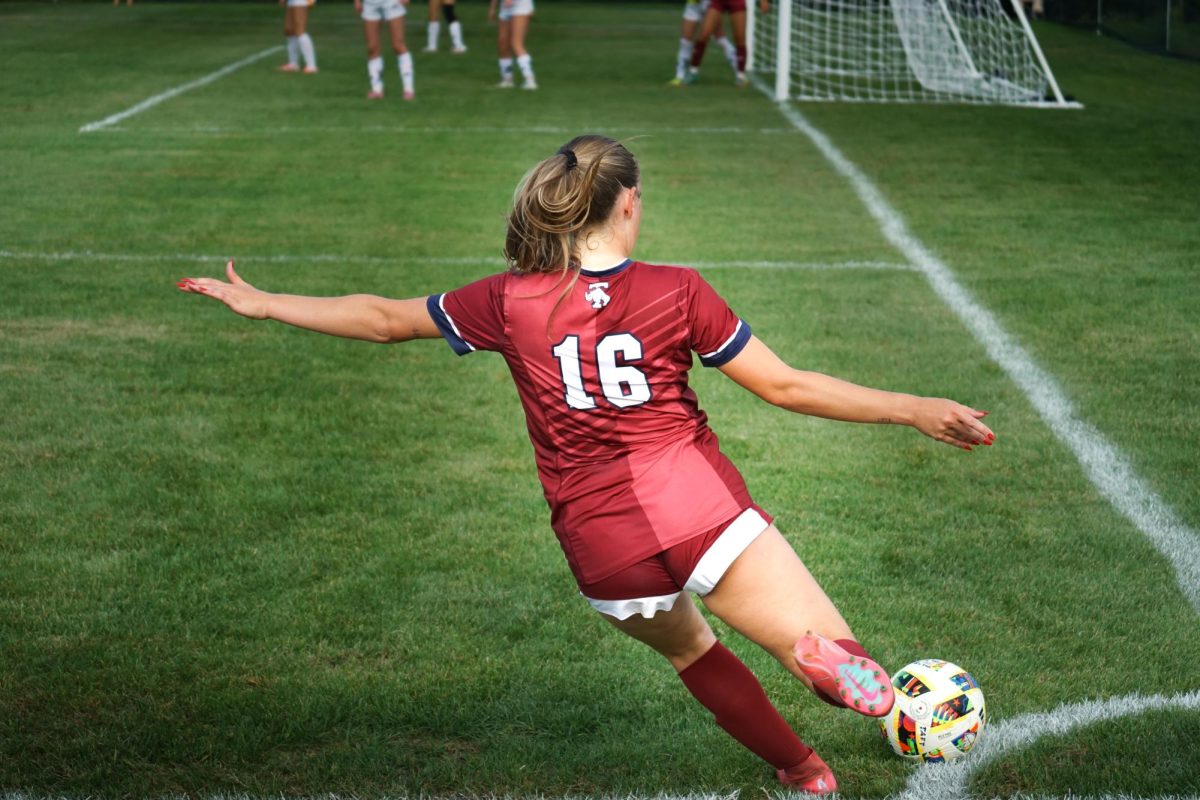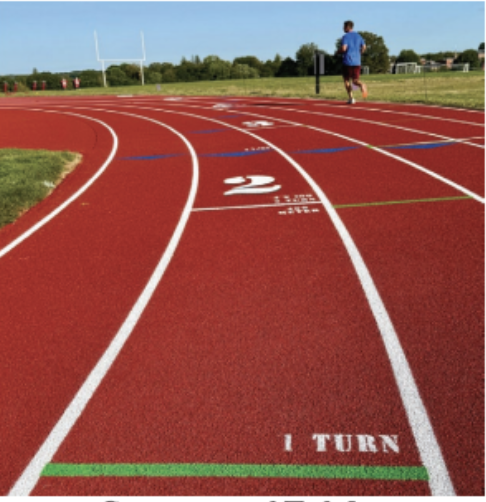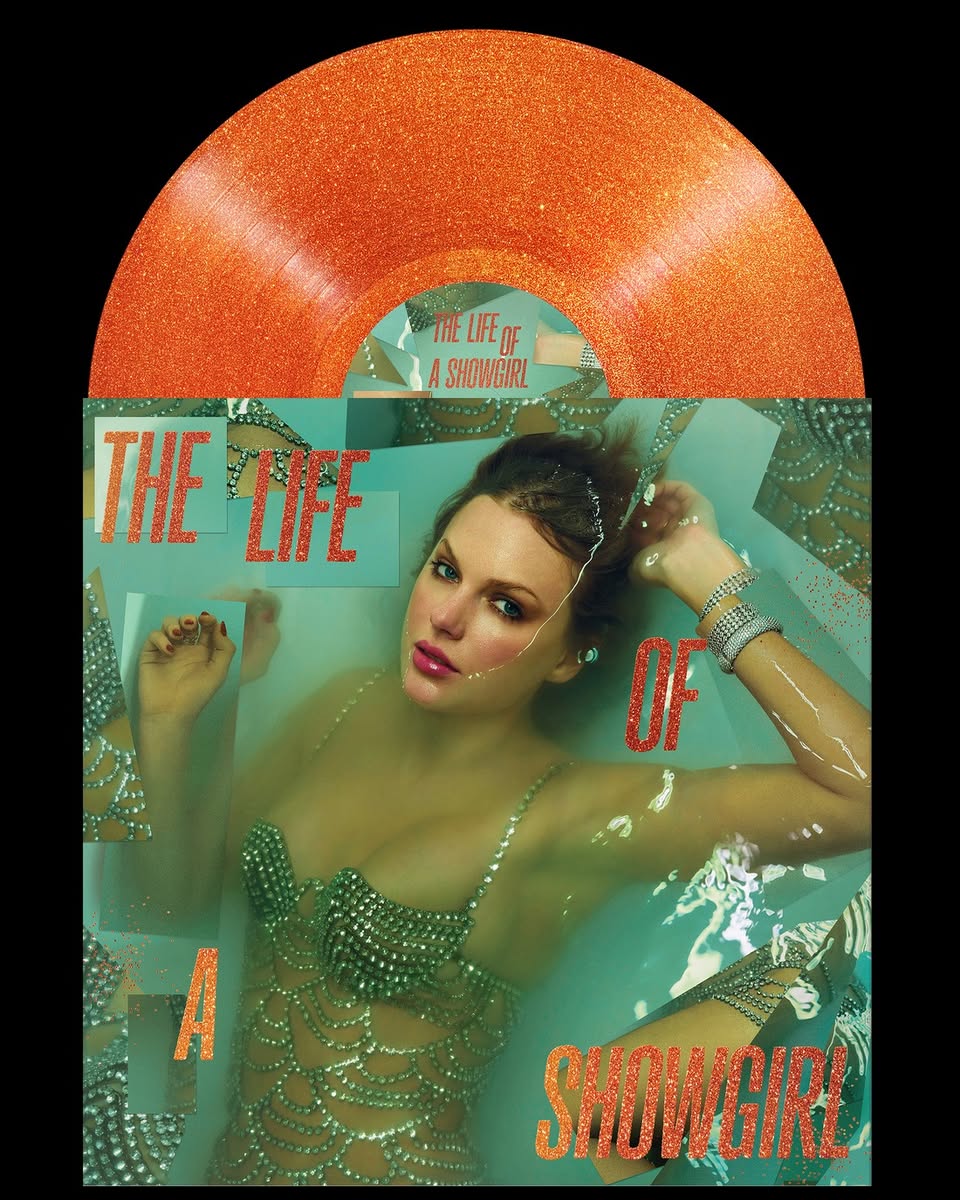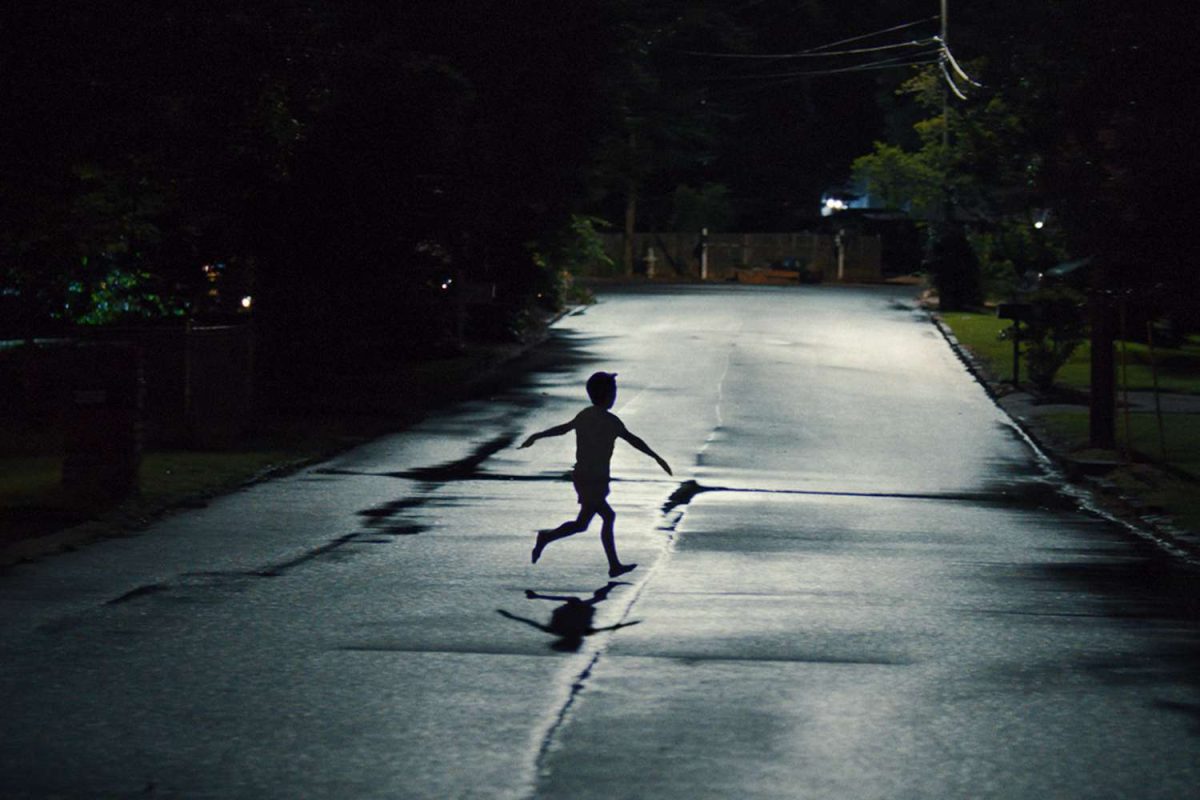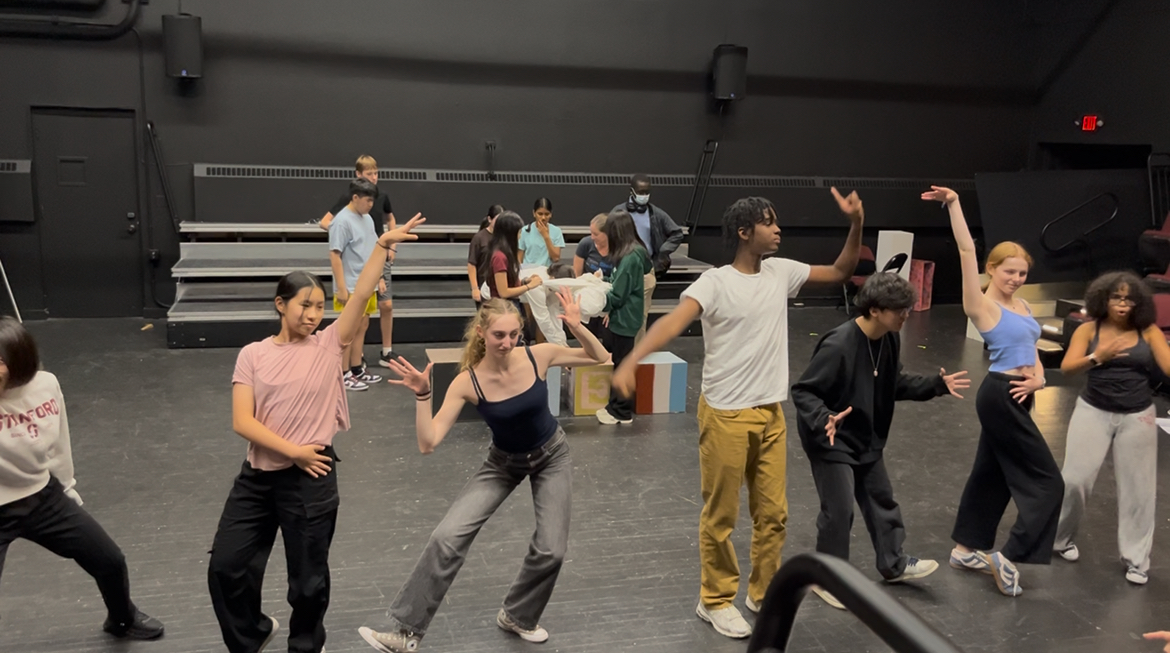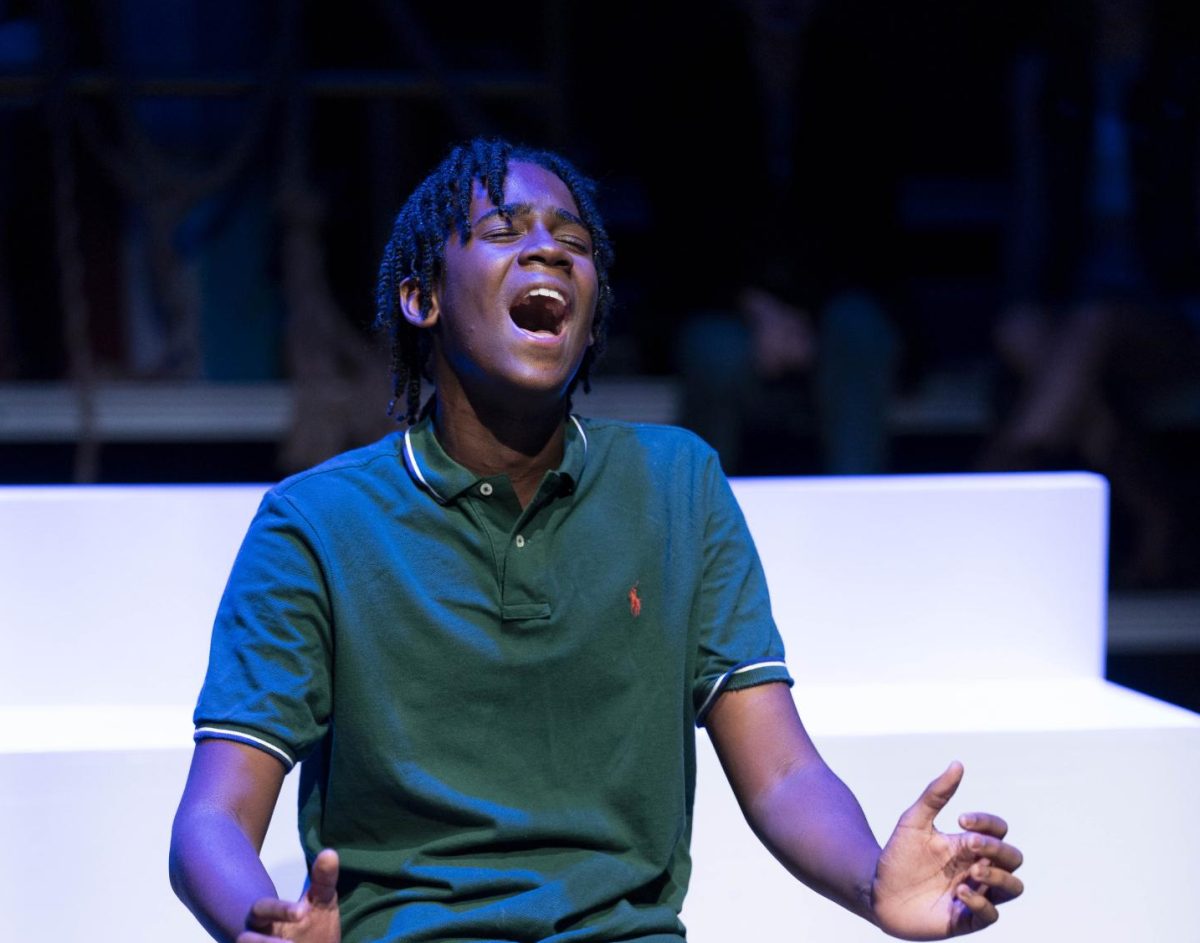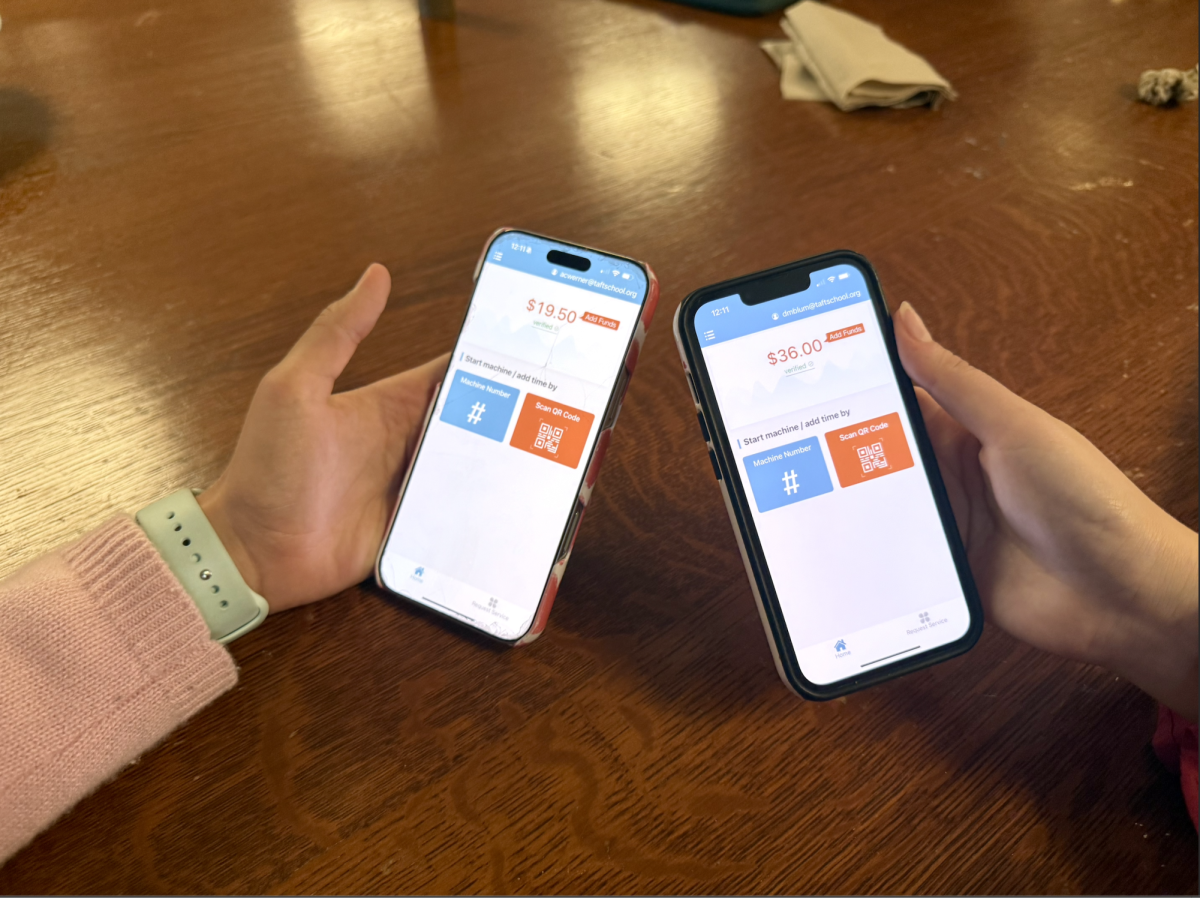A New Yorker myself, I’ve been to the MET numerous times but always find it a different experience coming with Taft, this year for both my Humanities and Greek classes. In early January, students taking the courses Honors Western Art History, Honors Humanities, Honors Introduction to Ancient Greek, and Honors Latin Literature, a.k.a. classics nerds, journeyed to the MET. The MET trip is a hallmark Taft tradition, in which a small cohort of students prepare to hunt through the museum for a painting, and hopefully, get lost somewhere along the way.
Looking at art through a screen is imprecise; your sense of depth, of color, and of feeling are distorted. This lack of tangibility, a vital element for immersive learning, can make the material feel distant. The faculty leading the trip, Drs. Shotwell and Conrau-Lewis, Mr. Werrell, and Mr. Hudak hoped that our visit to the MET would shift that perspective. Mr. Werrell shared a poem about encountering art: “Beyond the flat, smooth surface/ of the textbook.” Dr. Conrau-Lewis explained,“My goal is that students appreciate the tangible legacies of the past. It’s one thing to recite amo, amas, amat; it’s another thing to see that word amor on a funeral stele made by a freedman husband for his deceased wife, thirty years after their emancipation. The lesson might not sink in immediately but I hope that my students, on reflection, will see that what they study is more than just declensions and conjugations; it is the vestige of an empire in which real people lived and faced similar existential dilemmas and struggles as our own.” These four courses each explore different aspects of the Humanities and perhaps visiting the MET is what helps us understand that humanistic aspect. Dr. Shotwell says that by immersing ourselves in the visual arts, we “continue the lifelong project of nurturing empathy for the endless possibilities of the human experience.” The experience of being at the MET offers the complexities of understanding mirrored experiences of people 1000 years ago intertwined with our personal and group experience of being in a museum for four hours.
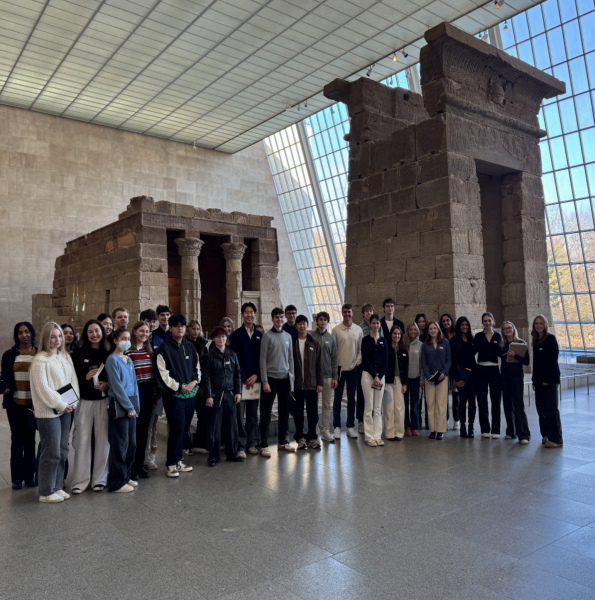
Going to the MET is an incredibly stimulating experience. From the moment we finished our group photograph at The Temple of Dendur, there were constant decisions to be made, questions to ask docents, and people to find. It was utterly exhausting, yet humbling. Being at the MET with Taft was different; I could see the bewilderment, amazement, and confusion in my peers. As I had some knowledge of where certain galleries were located, I felt purposeful, even if I took a few wrong turns along the way. For the first time, I became a guide—someone who knew where they were going. It was a stark contrast to being in class, where I sometimes feel imposter syndrome next to brilliant sophomores who seem to effortlessly know the roots of obscure words. But at the MET, at that moment, I didn’t feel out of place; I felt like I belonged, sharing in the awe and discovery of the museum while offering guidance. I got to bring people to my favorite European boiserie rooms, and the best parts of the visit were the spaces we weren’t assigned to go to. Because all four courses are electives, every student has chosen to be there and that makes a big difference; the innate curiosity in the students on the visit made the visit special, and meaningful.
The faculty on the trip understood the importance of the thrill of discovery, designing assignments to take under two hours. This gave us the freedom to explore beyond our academic tasks. In my case, I completed assignments for both Humanities and Greek and still had a spare hour to explore the rest of the museum. While many of us spent a good portion of the time somewhat lost in the museum’s maze-like layout, those aimless moments often led to the most profound encounters with art. As Brady Morris ‘25 eloquently put it “Walking around the museum at first I was lost. But in being lost I became found.”
